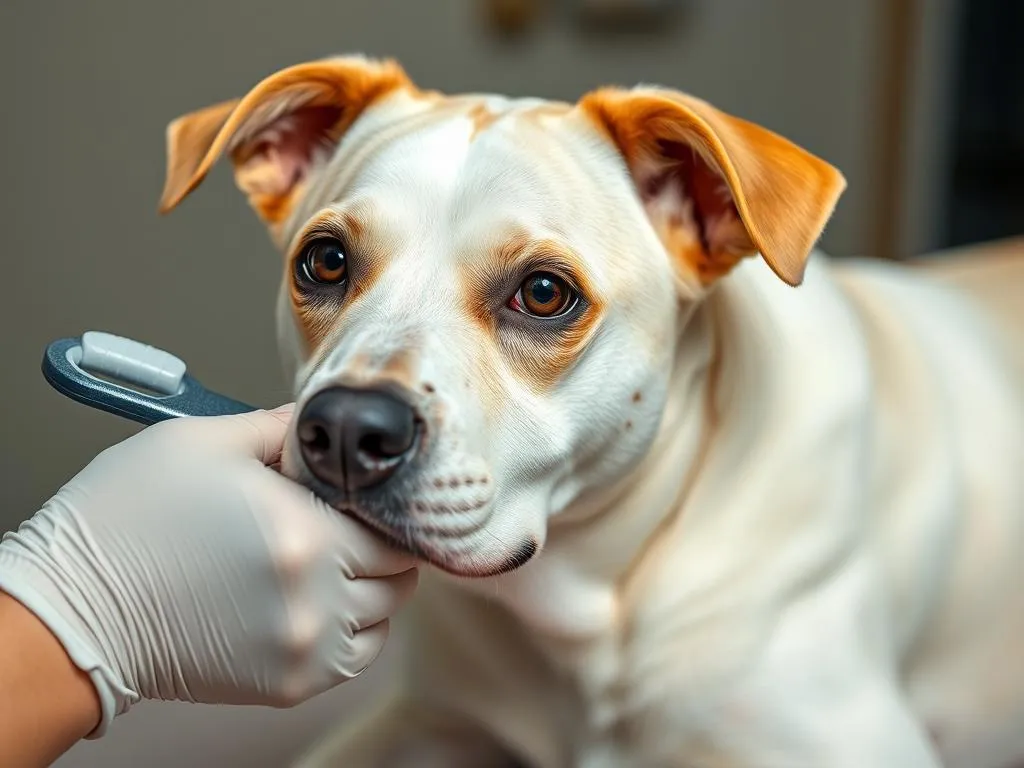
Introduction
Dog anal glands, often overlooked, play a significant role in canine health and behavior. These small glands, located near the rectum, produce a unique scent that helps dogs communicate and mark their territory. However, anal glands can become problematic, leading to discomfort and requiring medical intervention. This article delves into the intricacies of dog anal gland removal, exploring when it becomes necessary, the surgical procedure, alternatives, and cost considerations.
Understanding Dog Anal Glands
What are Dog Anal Glands?
Dog anal glands are two small, sac-like structures located on either side of a dog’s rectum. Their primary function is to produce a strong-smelling liquid that dogs use for marking territory and communicating with one another. The expression of these glands typically occurs naturally during defecation; however, some dogs may experience issues that prevent this from happening.
Common Problems Associated with Anal Glands
Several factors can impact the health of a dog’s anal glands, including diet, weight, and activity level. When these glands do not function properly, it can lead to various issues such as:
- Scooting behavior: Dogs may drag their rear on the ground to relieve discomfort.
- Licking the anal area: Excessive licking may indicate irritation or infection.
- Signs of discomfort or pain: Dogs may show signs of distress when sitting or during grooming.
Potential conditions affecting anal glands include:
- Anal sac impaction: When the gland is unable to express its contents, leading to swelling and discomfort.
- Infection: Bacterial infections can occur when anal glands are impacted, causing pain and discharge.
- Tumors: Although rare, tumors can develop in the anal glands, necessitating surgical intervention.
When is Dog Anal Gland Removal Necessary?
Indications for Surgical Removal
Dog anal gland removal is typically considered when conservative treatments fail to resolve chronic issues. Key indications for surgery include:
- Chronic issues despite other treatments: If a dog continues to experience anal gland problems despite dietary adjustments, medication, or manual expression, surgery may be warranted.
- Recurrent infections or abscesses: Frequent infections can indicate underlying problems that may require surgical intervention.
- Tumor presence within the anal glands: The discovery of tumors necessitates evaluation and potentially removal to prevent further health complications.
Vet Recommendations
It is essential for pet owners to consult a veterinarian when they notice symptoms related to anal gland issues. A thorough examination, including diagnostic procedures such as physical exams and imaging, can help determine the most appropriate course of action.
The Surgical Procedure
Preparing for Surgery
Prior to dog anal gland removal, several preparatory steps are crucial:
- Pre-surgical evaluations: A veterinarian will conduct a comprehensive evaluation to assess the dog’s overall health and suitability for surgery.
- Fasting requirements: Dogs are usually required to fast for several hours before the procedure to minimize the risk of complications during anesthesia.
- Owner’s role in preparation: Pet owners should ensure their dog is calm and ready for the visit, as anxiety can exacerbate pre-surgical stress.
The Surgery Itself
The surgical process for anal gland removal generally involves:
- Anesthesia considerations: Dogs are put under general anesthesia to ensure they are pain-free during the procedure.
- Duration of the procedure: The surgery typically lasts about 30 minutes to an hour, depending on the complexity of the case.
While surgical procedures carry inherent risks, a skilled veterinarian will take necessary precautions to minimize complications. Potential risks include:
- Infection
- Excessive bleeding
- Anesthesia-related complications
Post-Operative Care
Recovery from dog anal gland removal usually involves a few key steps:
- Recovery period and typical outcomes: Most dogs will require rest for a few days following surgery, and many can return to normal activities within a week.
- Signs of complications to watch for: Pet owners should monitor their dogs for signs of infection, such as swelling, redness, or discharge at the surgical site.
- Follow-up appointments with the vet: Regular check-ups ensure proper healing and allow the vet to address any concerns promptly.
Alternatives to Anal Gland Removal
Non-Surgical Treatments
Before considering surgery, there are several non-surgical treatments that may alleviate anal gland issues:
- Manual expression of anal glands: A veterinarian or experienced groomer can manually express the glands to relieve impaction.
- Dietary changes and supplements: Increasing fiber intake through diet or supplements may help promote regular bowel movements, which can assist in the natural expression of anal glands.
- Medications for infections or inflammation: Antibiotics or anti-inflammatory medications can help treat infections or reduce discomfort.
Lifestyle Changes
In addition to medical treatments, lifestyle modifications can greatly impact anal gland health:
- Importance of regular exercise: Regular walks and playtime can help promote healthy bowel movements and overall well-being.
- Ensuring a balanced diet: A diet rich in fiber and essential nutrients can support anal gland function and help prevent issues.
Cost Considerations
Average Cost of Anal Gland Removal
The cost of dog anal gland removal can vary widely depending on several factors, including:
- Geographic location: Costs may differ based on regional pricing structures.
- Veterinary clinic: Prices can vary between clinics, with specialty or emergency clinics often charging more.
On average, pet owners can expect to pay anywhere from $300 to $1,000 for the surgery, which typically includes pre-surgical evaluations, the surgery itself, and post-operative care.
Long-term Financial Implications
While the initial cost of surgery may seem high, it is essential to consider the long-term financial implications:
- Cost of ongoing treatments for anal gland issues: Chronic anal gland problems can lead to frequent veterinary visits and ongoing treatments, which can accumulate over time.
- Comparison with costs of surgery: In many cases, surgery may prove to be a more cost-effective solution in the long run, alleviating the need for continuous treatments.
FAQs about Dog Anal Gland Removal
Is anal gland removal painful for my dog?
While any surgery involves some level of discomfort, veterinarians typically provide pain management to ensure your dog remains comfortable during recovery. Most dogs recover well and return to their normal activities within a week.
Will my dog’s behavior change after surgery?
Most dogs do not experience significant behavioral changes after anal gland removal. Some may even show an improvement in behavior as they are no longer dealing with discomfort associated with anal gland issues.
Can I prevent anal gland issues in the future?
Preventive measures, such as maintaining a healthy diet, regular exercise, and periodic veterinary check-ups, can significantly reduce the likelihood of anal gland problems in your dog.
Conclusion
Understanding the importance of anal glands in dogs is essential for responsible pet ownership. When issues arise, consulting with a veterinarian is crucial for determining the best course of action, whether that involves non-surgical treatments or dog anal gland removal. By staying informed and proactive, pet owners can ensure their furry companions enjoy a healthy and comfortable life.









